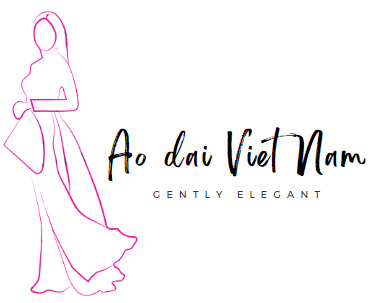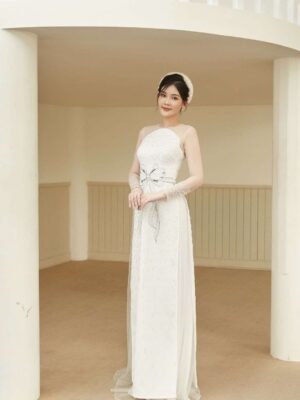The Ao Dai: A Timeless Symbol of Vietnamese Culture
Every country has traditional attire that symbolizes its national identity. In Vietnam, that attire is the Ao Dai. This elegant garment is more than just clothing; it represents the beauty, grace, and cultural heritage of Vietnamese women.
Historical Origins
The Ao Dai has a rich history, tracing its origins back over three thousand years. Initially, it began as the Ao Giao Lanh, worn over a Yem Dao and a black silk skirt. This style was practical for daily life. As society evolved, the Ao Giao Lanh was simplified into the Ao Tu Than, making it easier for women to engage in farming and business activities. Eventually, this transformed into the fitted Ao Dai we know today, characterized by its flowing panels that beautifully combine traditional and modern aesthetics.
Design Features
The Ao Dai is known for its elegant silhouette. Typically, it features a classic Chinese-style collar, about 4 to 5 cm high, with a small V-shaped cutout that accentuates the wearer’s neck. In recent years, the collar has diversified, offering heart shapes, round collars, and U-shaped designs. Furthermore, the dress fits snugly from the neck to the waist, with buttons running from the collar to the waist. Many modern designs include zippers or fewer buttons for a sleek appearance.
Furthermore, it is often paired with wide-legged trousers made from soft, flowing fabric, in contrast to traditional black skirts. This outfit can be crafted from various materials such as silk, chiffon, and brocade, showcasing vibrant patterns that reflect national identity, including floral designs and images of animals…
Care and Maintenance
To maintain the beauty of the outfit, careful handling is essential. It is advisable to hand wash, gently wring out, and dry it in a shaded area to avoid fading. Using an iron at the appropriate temperature is crucial to prevent damage. Additionally, washing the dress right after wearing it and hanging it up can help preserve its beauty.
Modern Significance
In contemporary Vietnam, the Ao Dai is not just a festive outfit; it has become a dominant attire in professional work environments. Many women wear it as office attire, especially in fields like education and hospitality. The color white symbolizes purity and is often worn by female students, while red is favored for engagements and weddings. Every spring, families prepare Ao Dai for the Tet holiday, celebrating together in this cherished outfit.
Conclusion
In conclusion, the Ao Dai remains a timeless emblem of Vietnamese culture. While modern fashion trends continue to evolve, its graceful design and historical significance ensure that it holds a special place in the hearts of those who cherish Vietnam’s rich heritage. Whether seen at festive events or in everyday life, the Ao Dai beautifully encapsulates the spirit of Vietnam.
See more:



